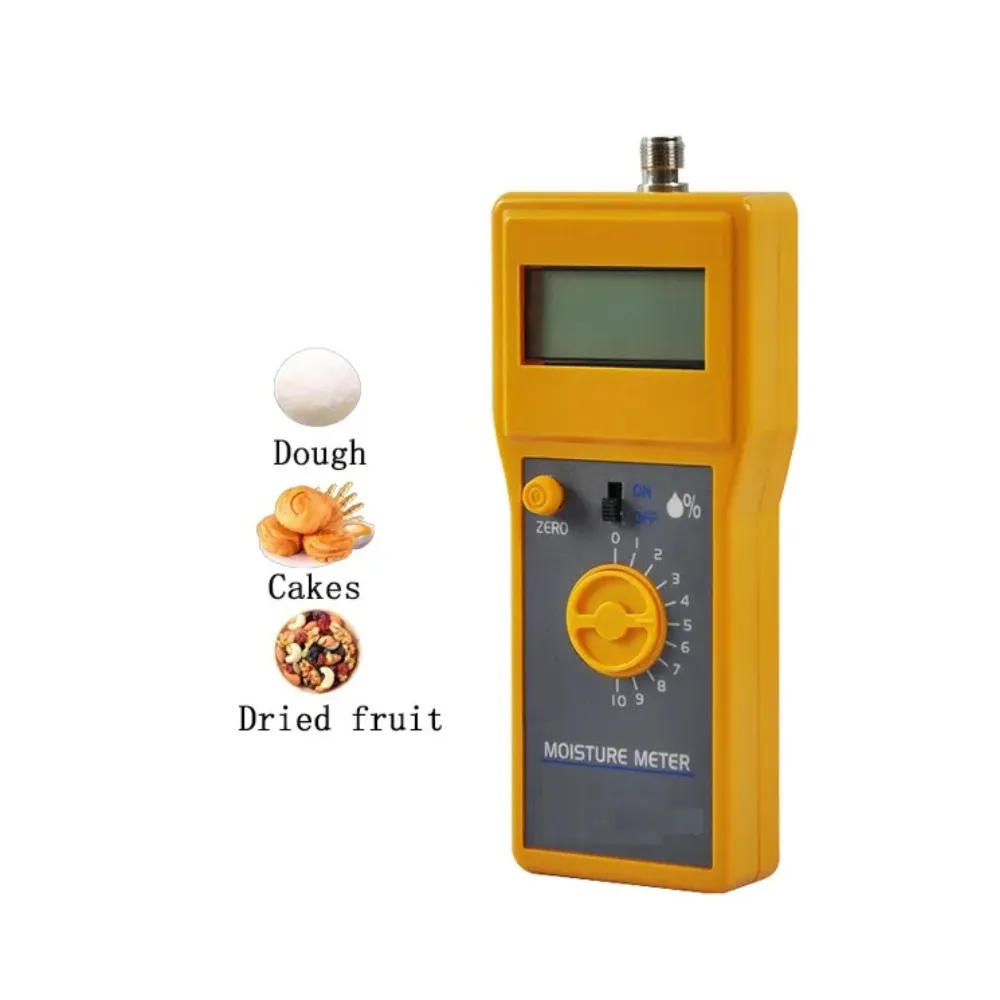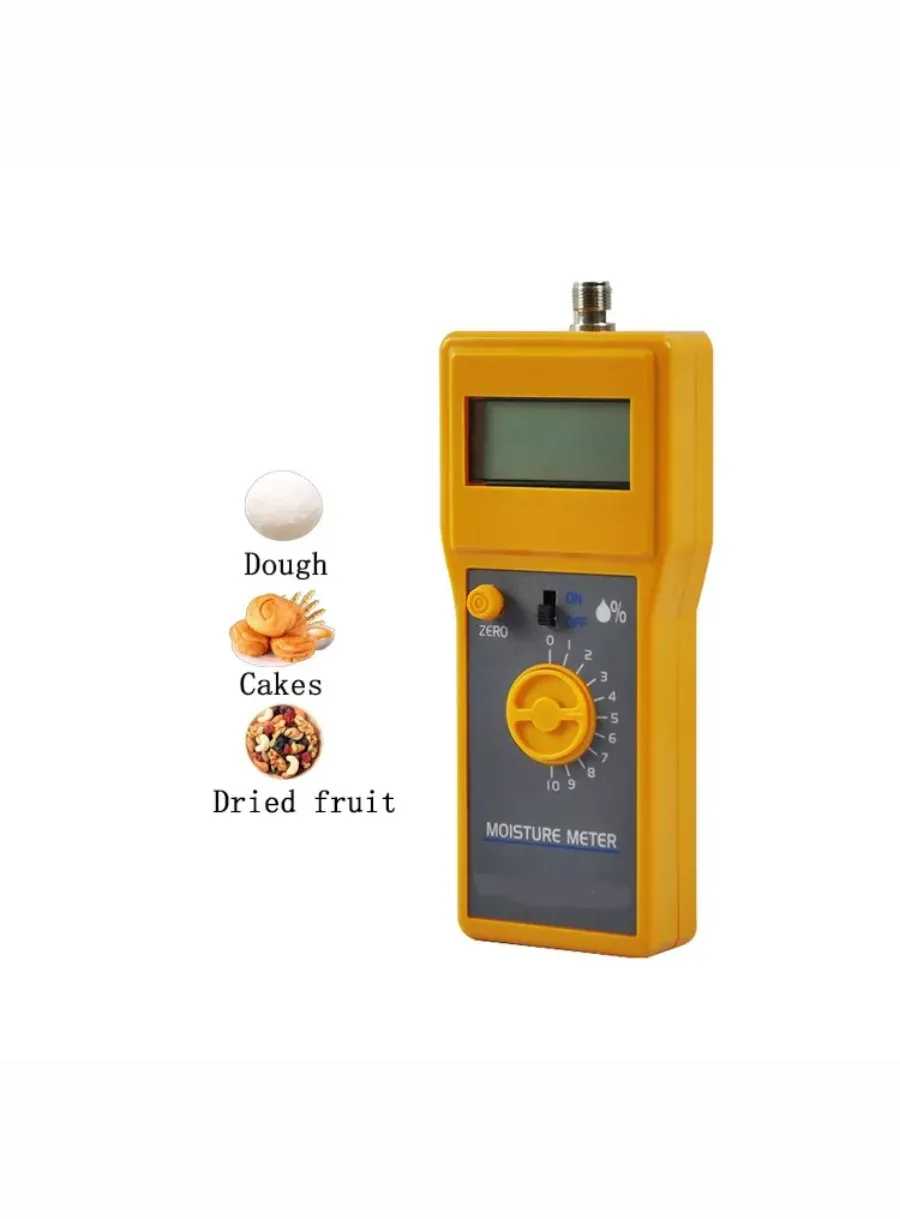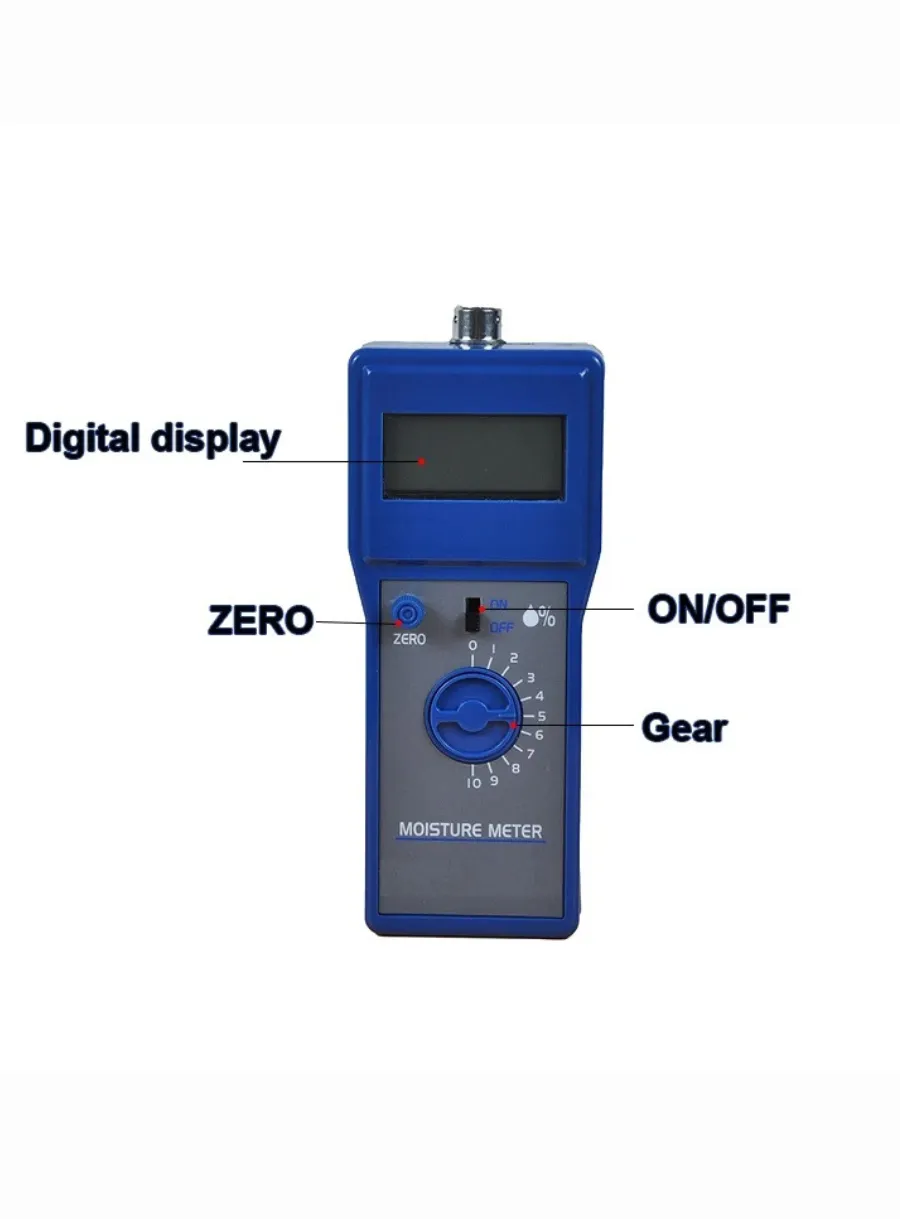
The History of Textile Moisture Meters
Table of Contents
The history of textile moisture meters is closely linked to the broader evolution of textile production and technology. Textiles have been an integral part of human civilization for millennia, with the earliest known textiles dating back to around 5000 BCE, when woven fabrics were created from natural fibers such as cotton, linen, and wool in ancient civilizations like Egypt, Mesopotamia, and the Indus Valley.
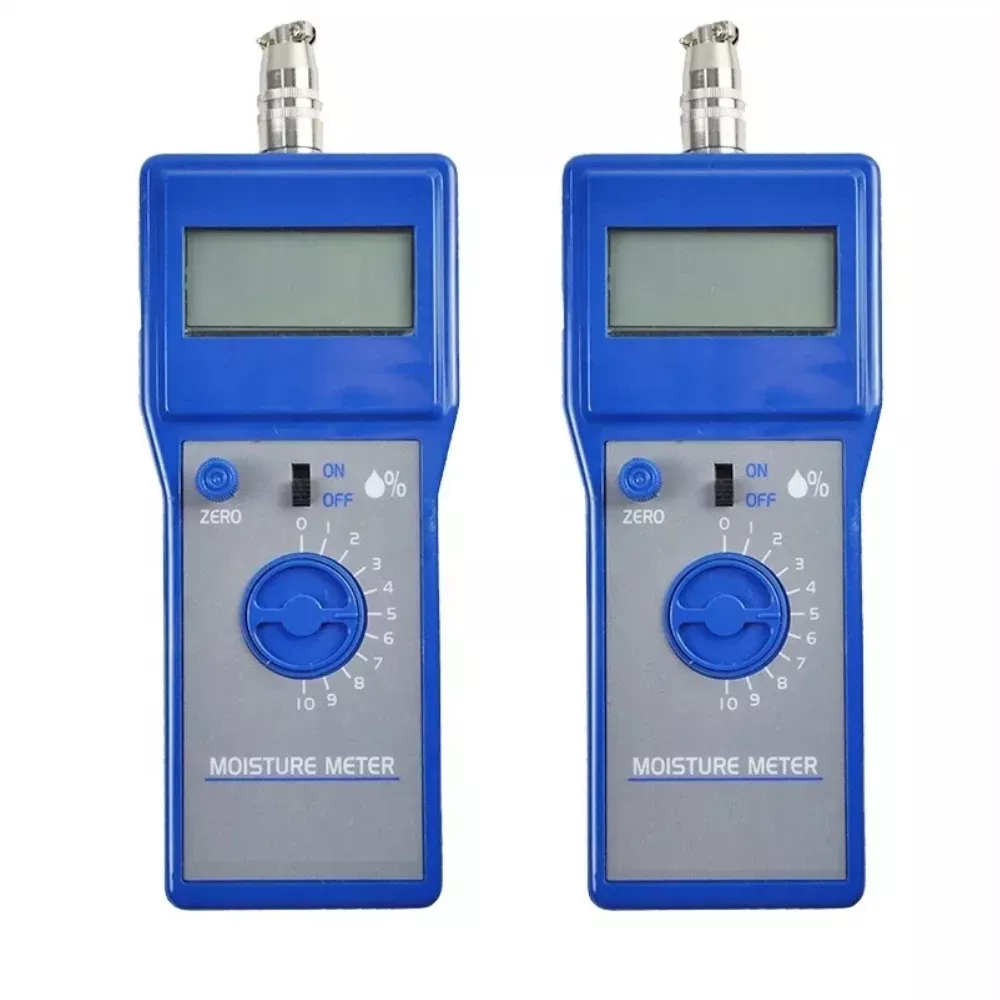
In the early periods, the measurement of moisture content in textiles was likely informal, relying on manual inspection methods. However, as textile production became more sophisticated, particularly during the Industrial Revolution in the 18th century, the need for precise measurement techniques arose. Innovations such as the spinning jenny and power loom mechanized production, leading to increased demands for quality control in textile manufacturing.
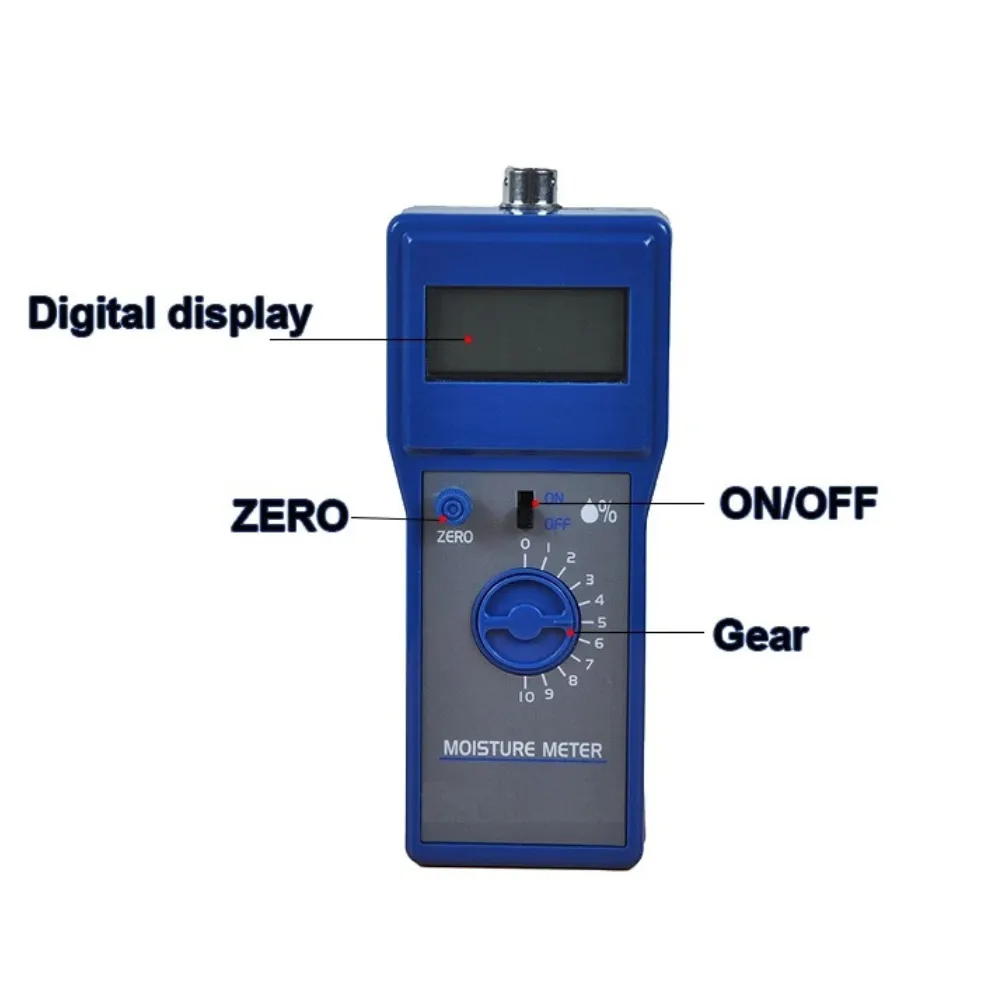
The development of textile moisture meters specifically designed for textiles began to take shape in the 20th century. Advances in technology enabled the creation of devices that could accurately measure moisture levels in various types of fabrics. This became increasingly important for manufacturers aiming to maintain product quality and prevent issues like mold and mildew in stored textiles.
Contemporary Usage and Technology
Today, textile moisture meters play a vital role in both industrial and commercial applications. The devices have evolved to include digital technology, offering more precise readings and better data management capabilities. Their importance continues to grow, especially with the rising demand for sustainable practices in textile production, as accurate moisture measurement is crucial for optimizing the drying processes and ensuring fabric integrity.
Comments
Tags
Frequently Asked Question
Textile moisture meters are crucial for maintaining product quality, preventing issues like mold and mildew, and supporting sustainable practices by optimizing drying processes and ensuring fabric integrity.
By providing accurate moisture measurements, these devices help optimize drying processes, which can lead to energy savings and improved fabric quality, supporting more sustainable production practices.
The need for precise moisture measurement in textiles became more pronounced during the Industrial Revolution in the 18th century, as mechanized production increased demands for quality control.
Textile moisture meters have evolved from informal manual inspection methods to sophisticated digital devices that offer precise readings and better data management capabilities.

